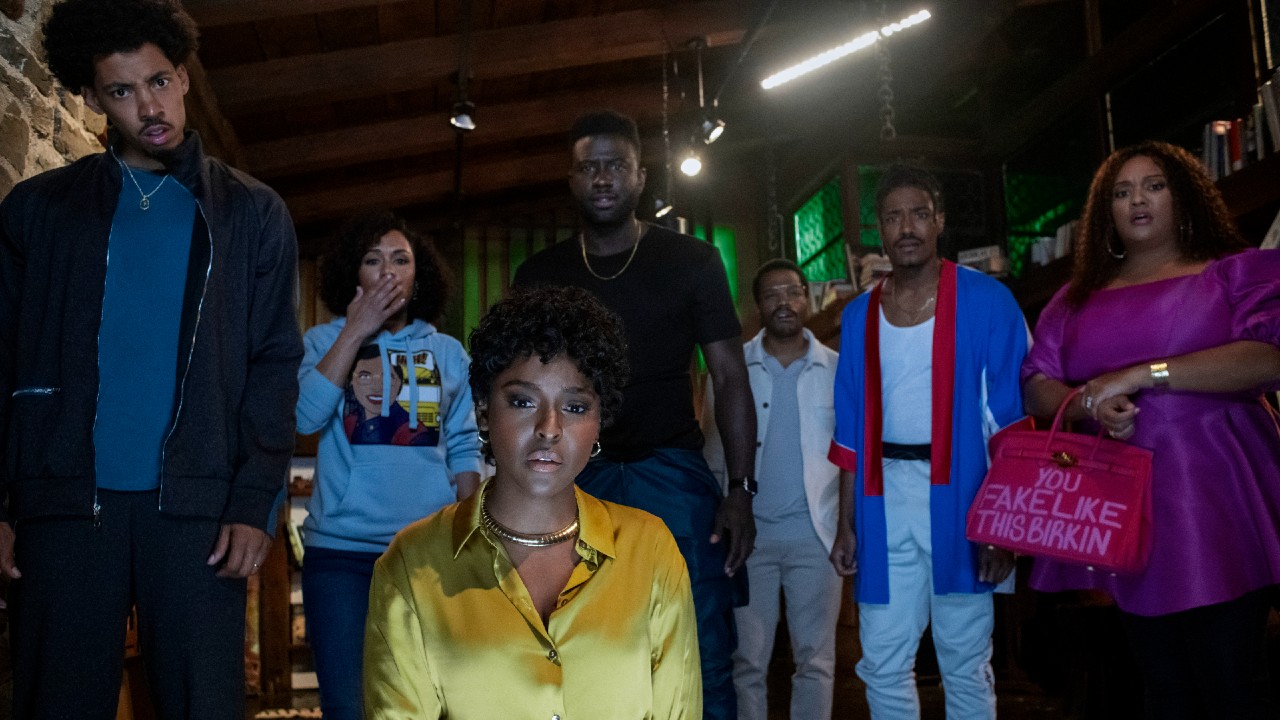Merging horror and comedy is a delicate balance in which many directors either rise against the demons or become victims of the horde. Luckily, the 2010s horror satire renaissance has given audiences plenty of scares and laughs, including Nope, Vampires vs. The Bronx, and Zombieland. However, horror comedies like The Blackening have taken funny commentary up a notch. The film was not afraid to point the figure back at the genre and society.
The horror satire was a sleeper hit upon its Juneteenth release in 2023, placing within the top 10 on its opening weekend. Film critics, including a review from CinemaBlend, like audiences, enjoyed The Blackening despite its flaws. After recently watching the Juneteenth-inspired horror comedy, I can't stop thinking about it, especially how on-point the horror satire is.
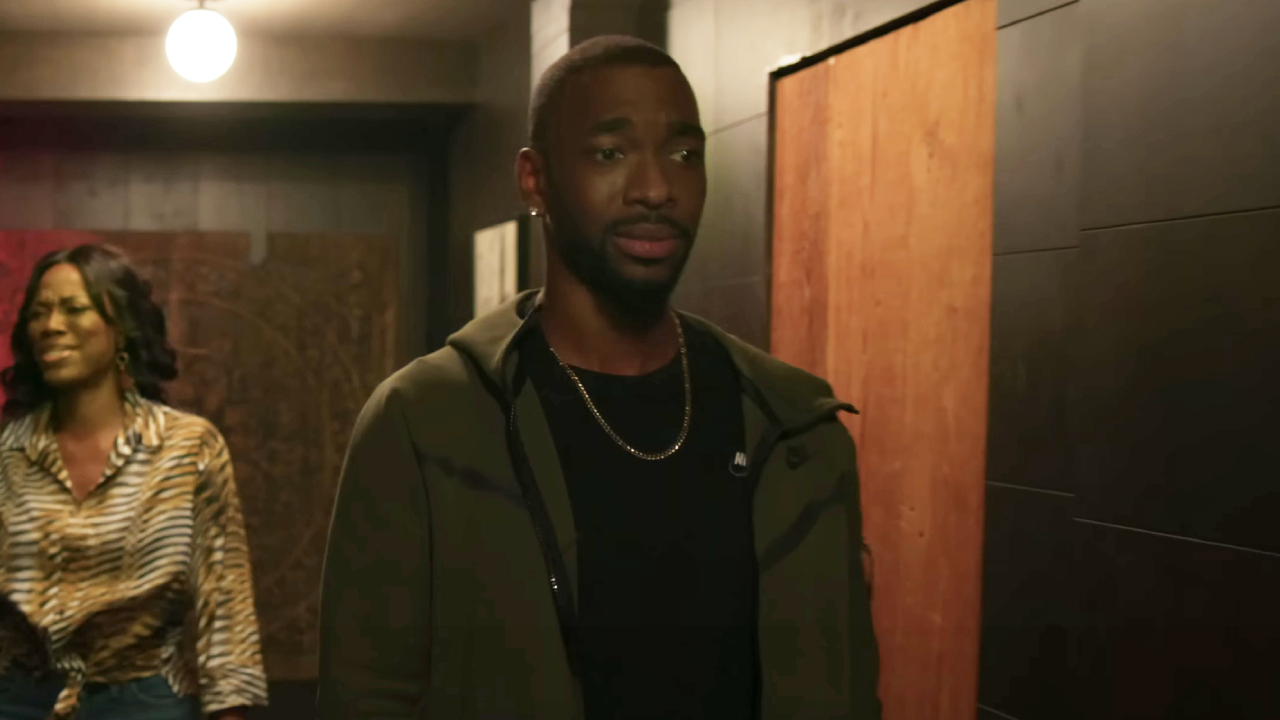
Commenting on Horror Movie Tropes
Not many films can say they called out their genre, like The Blackening. The group’s arrival kicked things off when Dewayne called out the mysterious circumstances surrounding their weekend Airbnb rental. Their MIA hosts only drove his concerns home despite the false excuse, which I’ll touch on later.
However, the film gets into the weeds once the spade game scene appears, as the characters mention the tired trope of Black characters dying first in every horror film. While the moment was upbeat, it was the jugular punch the genre needed. It led to a profound conversation about Blackness within the horror space, which saw Clifton get the brunt of the group’s ire.
Of course, the satire hit on the virginal or abstinent protagonist trope with Lisa and Nnamdi. There are even call-out slasher tropes like the crypt game-like entity and the unknown benefactors of the group’s weekend rental. However, the well-treaded trope gets called out when the group must split up to shake the killer, which Allison pointed out.
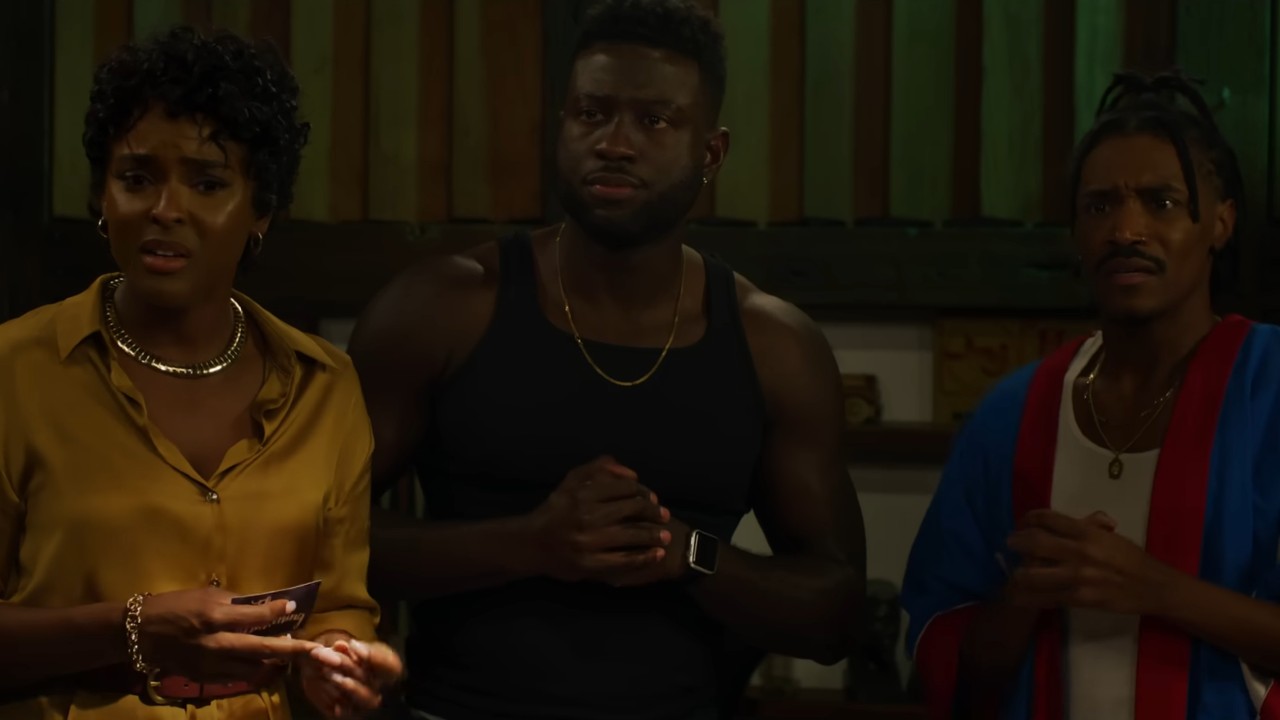
Paying Homage and Breaking Black Horror Character Stereotypes
Like the classic blaxploitation satire, I’m Gonna Git You Sucka, the comedy wasn’t afraid to celebrate Black horror stereotypes while lampooning them. Throughout the genre's history, the cast pointed out certain tropes associated with Black horror characters.
The main cast didn’t hold back leaning into the stereotypes. King was the reformed gangster, while Dewayne came off as the typical gay best friend who cared about his girls. The crew cracked joke after joke listing off classic horror tropes and scenes like Jada Pinkett Smith and Omar Epps' deaths during the Scream 2 opening. Seeing them point out certain tropes was refreshing for a horror fan.
While the group lambasted the stereotypes, they did fall into them, as seen in the board game scene where they called each other for their behavior and background. That doesn’t mean the characters settled into the Black horror character playbook. The film sprinkled in multiple stereotype-breaking moments like Shanika swimming across the lake or Allison going all Wolverine on the first killer.
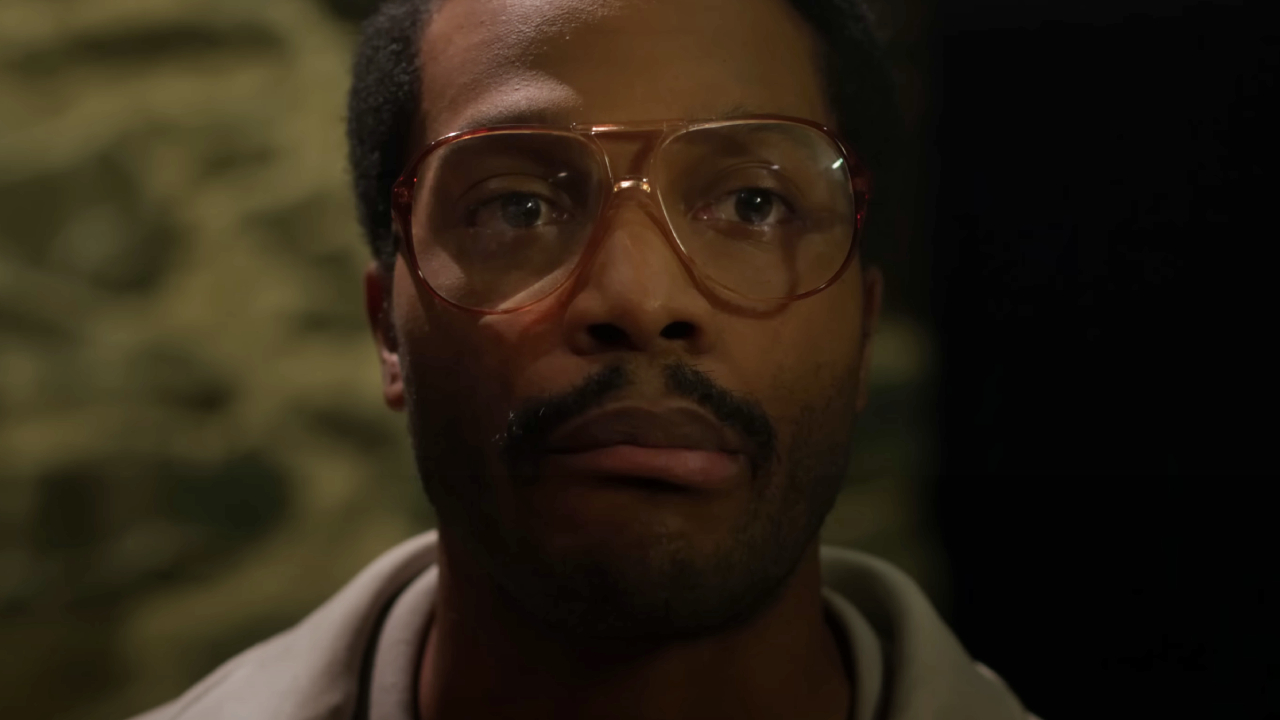
Uncovering The Nuances of Blackness
Calling out Black stereotypes scratched the surface, as the group noted certain commonalities and quirks associated with the African diaspora. The friend group wasted no time falling into the diaspora wars after getting locked in the cellar with The Blackening board game the second time.
The entire scene was divisive, cringy, and exposing as the group had to decide who was the Blackest. Of course, Africans versus African Americans came up when Nnamdi was called the Blackest despite growing up in America. Then, classism came up as the group pointed out Shanika’s ethnically stereotypical behavior, causing her to go off on the others.
Things even turn to politics when Clifton reveals he voted for Donald Trump twice, gaining the group’s ire. His revelation leads to a larger conversation about Black cultural traditions versus individuality as each character reveals a “non-Black” thing they love. Classism took center stage as the haves and the have-nots argued.
Homophobia in the Black community was a topic as Dewayne pointed out the prejudice against him in the world outside of his friend group when the game asked a random question. Colorism and biracial identity took the spotlight as the group mentioned King’s former gangster lifestyle before marrying a white woman, and Allison's identifying as Black despite having a white father.
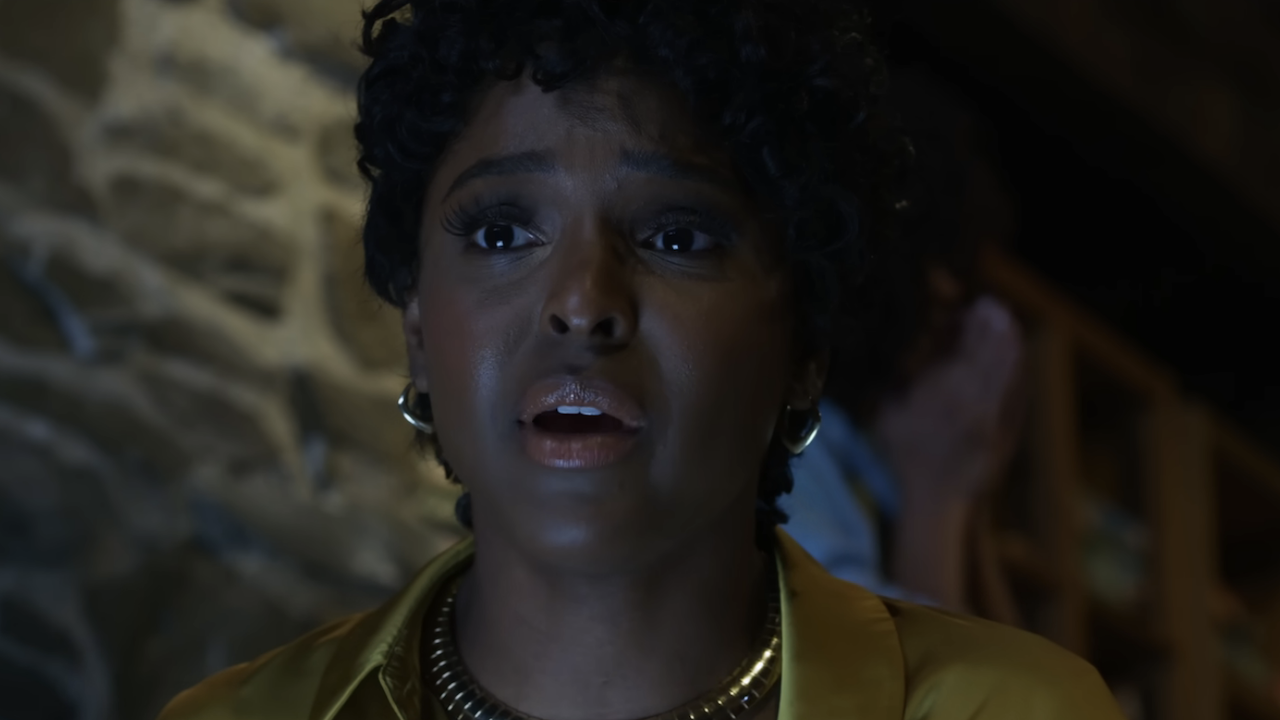
Black Women as The Saviors
In most horror movies, Black women fall into two lanes: the token Black friend or the sensible mother-like figure of the group. Of course, Brenda in Scary Movie, Karla in I Still Know What You Did Last Summer, or Georgina in Get Out come to mind within the genre.
Unlike other scary movies, the cast featured three Black women of differing backgrounds and lifestyles: lovelorn attorney Lisa, socially conscious Allison, and party girl Shanika. Seeing various sides of Black women in one movie was a treat. Their interactions – verbal and nonverbal—were fun to watch, especially in those moments where they had to fight for their lives.
The trio got to be the final girls. However, a long-running trope in cinema came into play – Black women being the saviors and protectors of everyone else. This trope reared its head when Lisa bashed the head of the second killer, airing out her deep-seated frustration over placing everyone before herself. Until that moment, it just felt like another horror parody. Hearing her monologue was a nice nod to the daily mask Black women must wear. It was a revealing and uncomfortable moment that came with the horror film territory.
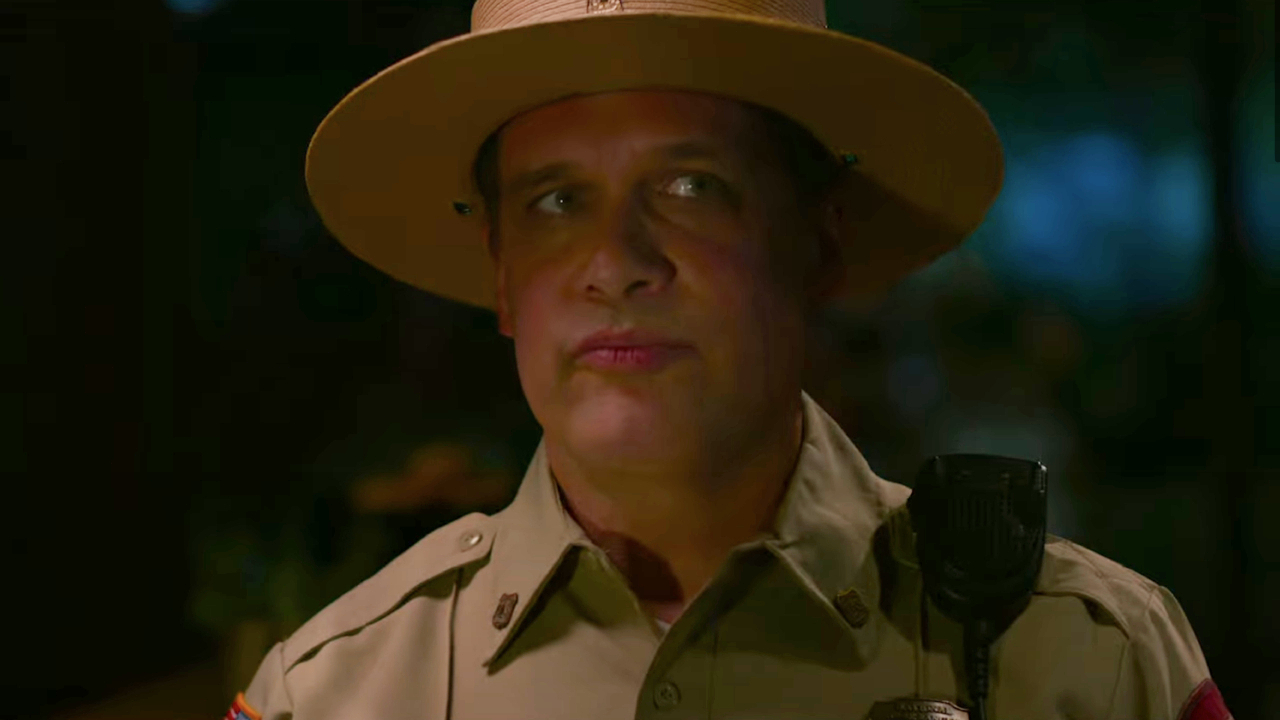
Offering Social Commentary on Horror and Real Life
Like past and present horror films, The Blackening wasn’t afraid to confront certain societal tropes with fright and humor. The film’s satirical nature allowed these subjects to be pointed and subtle.
While the group experienced a series of bad run-ins, the community-police relations issue came up after Dewayne mentioned calling law enforcement. The group used jokes to illustrate Black Americans’ fear and skepticism when it comes to the police. The group feared police officers might mistake them for intruders and kill them rather than help the situation. However, the film’s ending nodded to the Civil Rights Movement as the police finally arrived, only blasting the surviving friends with a water hose. While the film used humor, it tapped into this adversarial attitude regarding the law and black citizens.
Of course, a persistent cinema trend showed up in the film – the white savior. The group meets Ranger White, who is suspicious of and quite racist to the friend group upon their arrival at the cabin. This meeting perpetuated the relationship between Black Americans and the police. After the group separated, Nnamdi, Lisa, and Dewayne ran into Ranger White. Initially, thinking White was the killer, the trio was skeptical before following him to his patrol car. However, White took his savior complex too far by chasing after the killer. Of course, this move led to his capture, as revealed in the film’s finale.
The Blackening had no filter as it tackled horror tropes and stereotypes with little concern about people’s opinions. The film pointed out horror’s funny (if not glaring) blind spots and hard truths about Black audiences and movie characters. Wrapping the film commentary around scares and laughs made the horror comedy an immediate classic like Scary Movie. I wanted more of this eclectic friend group as each one felt like someone I knew. If those sequel talks are real, I hope to see more of them or a new group (a la Knives Out) soon. Hopefully, the cast will get their wish for some great horror crossovers.
In the meantime, you can watch one of 2023’s best comedies by renting/buying it on Amazon Prime Video. Follow a viewing of The Blackening by checking out the best horror movies of all time.

